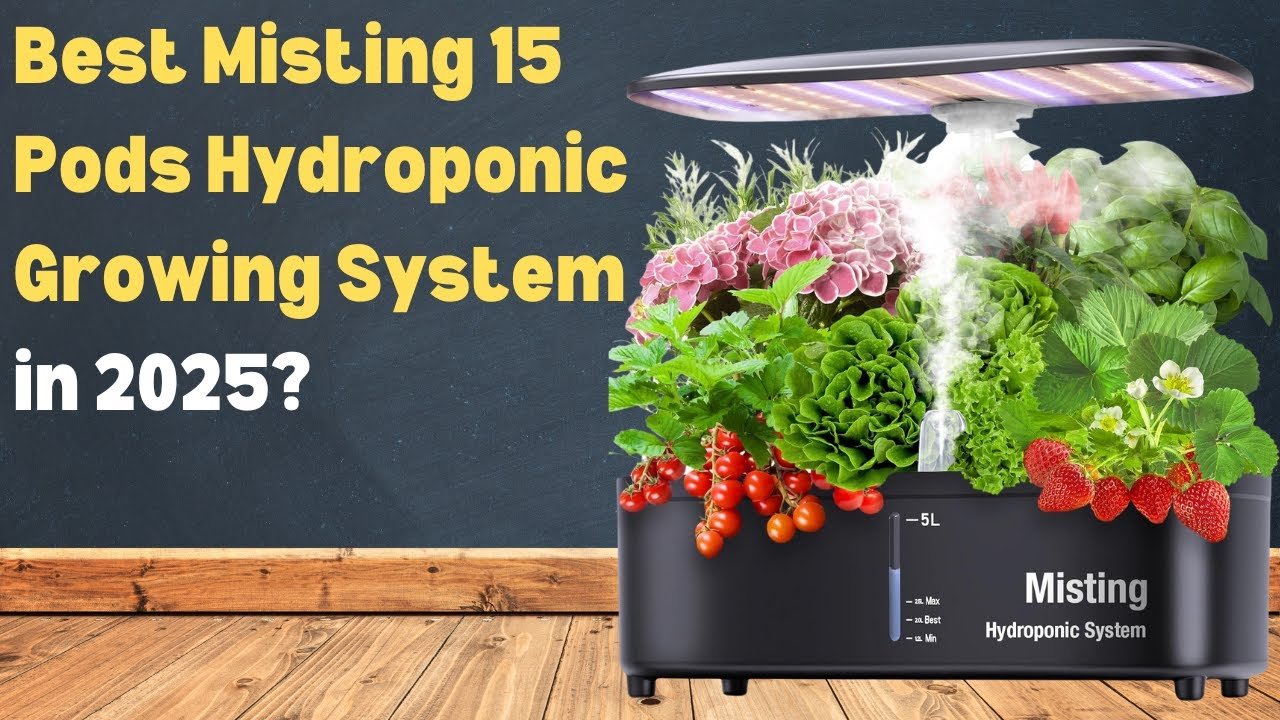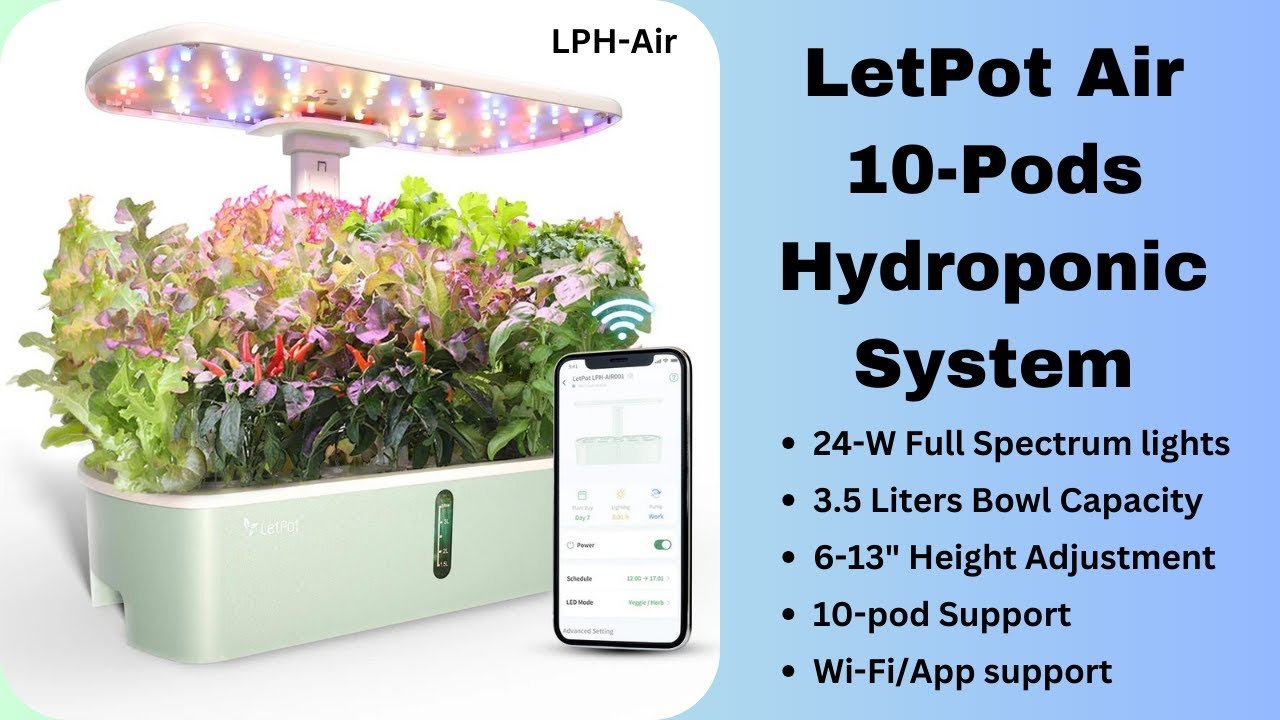The Backyard Aquaponics Adventure: A Chaotic But Heartfelt Journey
You know, there’s something about living in a small town that makes you want to get your hands dirty. Maybe it’s the slow pace of life here in Pine Hollow, or perhaps it’s just the undeniable urge to do something out of the ordinary. That’s how I found myself wrestling with my backyard aquaponics system last summer—an ambitious project that felt groundbreaking until I realized it was just a brewing cyclone of chaos.
The Magic of the Idea
I had this bright idea for a self-sustaining garden, combining growing plants and raising fish. I’d read about it somewhere online, and it just seemed like a splendid challenge. You know, the kind of thing that makes you feel like one step closer to living off the grid, or at least impressing your neighbors. I could picture it vividly: lush greens flourishing on top, fish flitting below, water cycling through in an endless, miraculous loop.
After a little too much time on YouTube, I ordered some deal on Amazon—a starter kit, they called it. I got this pump, a couple of nets, a PVC tubing set that looked like it could double as a kid’s jungle gym, and some fittings. I was ready to transform my yard.
The Setup: Where Things Went Awry
I started with the frame, using leftover lumber from god-knows-what project I’d failed at before (I think it was supposed to be a firewood rack?). I spent an entire afternoon lugging pieces, twisting screws, and pretending I was some kind of backyard engineer. The tools were out—my old power drill, duct tape in one hand, and hope in the other.
But then came the real test: I had to figure out the fish part. With my heart set on tilapia—ranging from their hardiness to their deliciousness—I visited the local pet store, thinking, how hard could it be? I felt like a kid in a candy store, picking up a handful of fish and cradling them carefully in the plastic bag. But all that excitement turned sour when I realized I’d completely ignored how sensitive the little guys are to water conditions.
The Aquatic Failures
I thought I’d nailed it. I filled the tank with water, balancing the pH like some sort of mad scientist, and threw in the fish. At first, the water sparkled. I had an itch of pride, watching the tilapia swim in their new abode. But then, disaster struck.
A few days in, I noticed the water had turned this creepy shade of green. I panicked. I figured I must’ve done something horribly wrong—like, maybe science was never my strong suit. My wife, who had secretly thought this whole project was a recipe for disaster, watched me flail from the windowsill. I could almost hear her suppressing laughter.
I took the plunge (pun intended) and scrambled to clear the water, investing way too many hours on online forums and reading about “algal blooms.” I later learned I had neglected the balance of nutrients and light, which, of course, resulted in a mini-ecosystem gone haywire.
Lessons from Hardships
My frustration deepened when I realized the fish weren’t just thriving; they were suffering. A couple of them didn’t survive that green phase, and I felt like I had failed them. After some tears—yes, tears over fish!—I decided to take stock of what was working and what was a disaster.
I got a better filter, borrowed some plants from my mom’s garden, and tinkered with the water balance. Oh, the smell—let me tell you, sometimes it wafted like a weird mix of stagnant pond water and something unidentifiable.
I was scared I’d wrecked it all, but thankfully, a few weeks later, something shifted. The plants started to perk up, the water cleared, and I could breathe a sigh of relief. And who would have thought? Those tilapia banded together like a little school of community spirit, thriving against the odds.
Conclusion: Just Dive In!
Every time I see my aquaponics setup now, I remember how impossibly difficult it was, and I can’t help but smile. Despite the failures and the lessons learned (mostly the hard way), it’s a little slice of magic in my backyard. The fish feed the plants, the plants clean the water, and I’m left with a system that reminds me that it’s okay to flounder a bit.
So, if you’re sitting there thinking about starting something similar, whether it’s aquaponics or any other wild idea, don’t worry about perfection. Dive in! You’ll figure it out along the way. Sometimes it’ll smell bad, sometimes a few fish will belly up, and you might yell at your pump more than once. But stick with it.
If you’re ready to learn more about aquaponics and get started on your own journey, join the next session of my community workshops right here! Reserve your seat! You can do this!







Leave a Reply